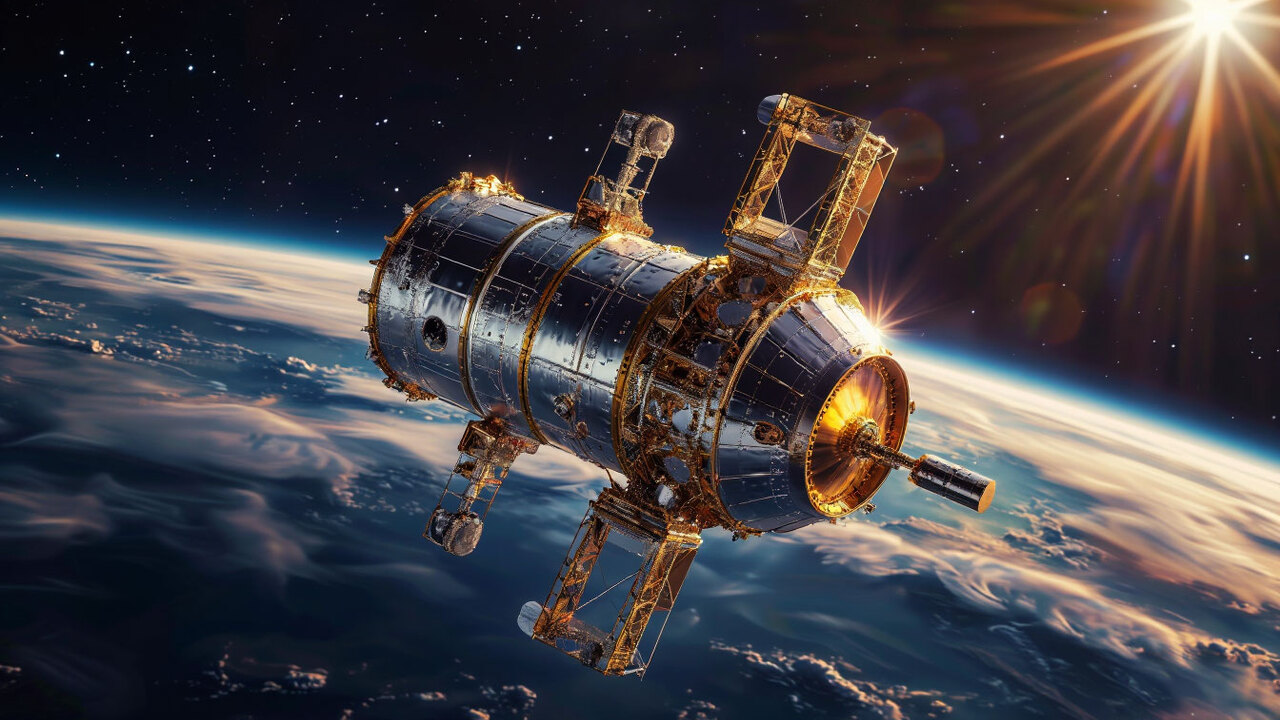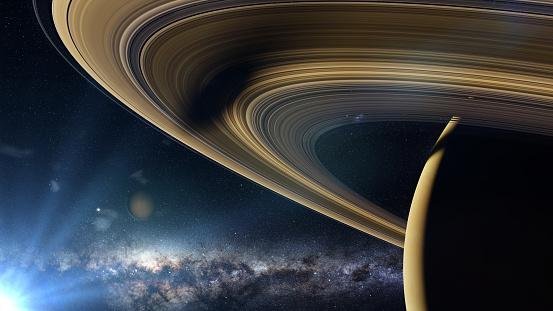During a Space Telescope Science Institute conference, scientists announced that the James Webb Space Telescope (JWST) captured data showing a large geyser called Enceladus, one of Saturn’s moons. The data reveal a giant column of water vapor rising from the planet’s surface until it radiates out into space.
The vapor cloud on Enceladus is larger than any other cloud observed by scientists, including the United States National Aeronautics and Space Administration (NASA). area. New JWST images show the geyser is spewing water far further than scientists had imagined.
According to information from the science journal Nature, an article will be published soon on the discovery led by NASA scientists. Besides being a huge steam column, The geyser is also responsible for the spread of some chemicals necessary for the formation of life..
At the conference, planetary astronomer Sara Faggi of NASA’s Goddard Space Flight Center said the natural structure is enormous. James Webb data also shows that jets of steam are launched into the furthest reaches of space and are sent farther than previously thought – farther than Enceladus’ size of 504 kilometers.
Geyser on Saturn: What to expect from the studies?
From the telescope’s data, the scientists discovered that these vapor mounds expel methane, carbon dioxide and ammonia, which are believed to be organic molecules needed to create life as we know it. Researchers also believe that Geysers on the Moon originated from hydrothermal vents on the ocean floor, with the help of silica, a common ingredient found in planetary crusts.
No wonder scientists are already discussing the possibility of sending missions to Enceladus in search of life. For example, the Enceladus Orbilander mission is a proposal aimed at sending an unmanned spacecraft into orbit of the moon for about a year and a half until it lands to study the surface.
Goddard planetarium scientist Geronimo Villanueva commented that JWST has also detected carbon dioxide in the atmosphere of one of Jupiter’s moons, called Europa – in 2024 NASA plans to send a mission to explore the area. “This is definitely a new era in Solar System exploration,” Villanueva said.
Source: Tec Mundo
I’m Blaine Morgan, an experienced journalist and writer with over 8 years of experience in the tech industry. My expertise lies in writing about technology news and trends, covering everything from cutting-edge gadgets to emerging software developments. I’ve written for several leading publications including Gadget Onus where I am an author.













